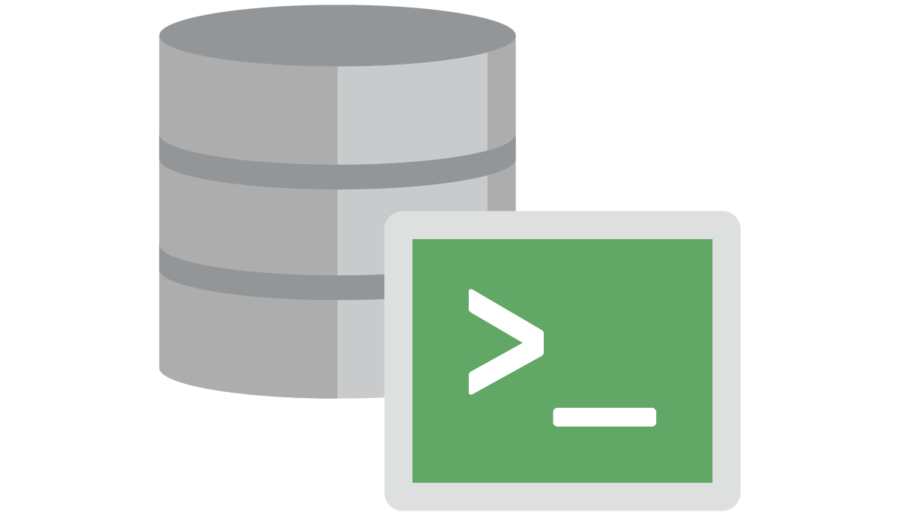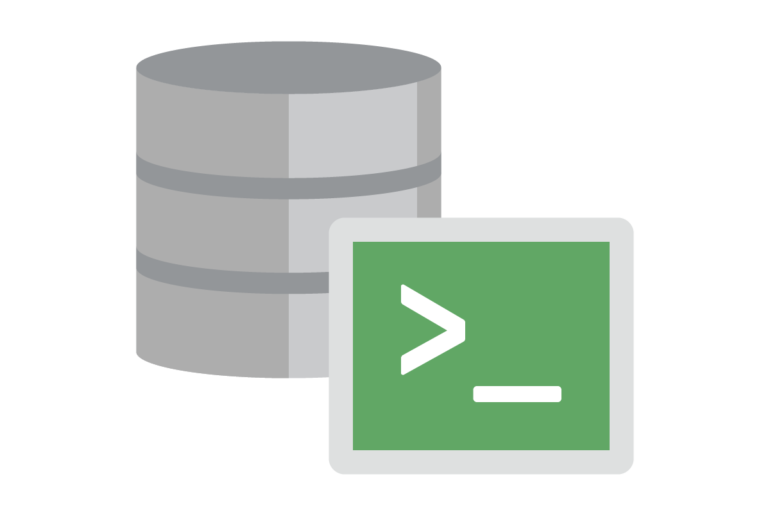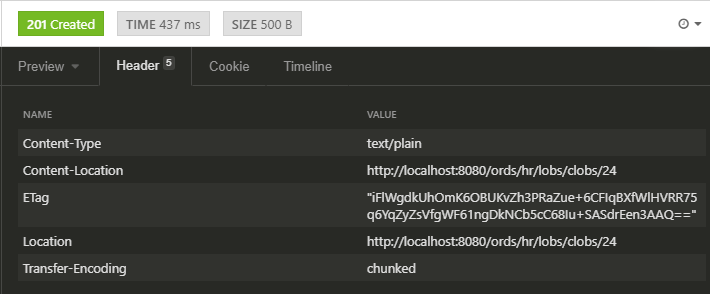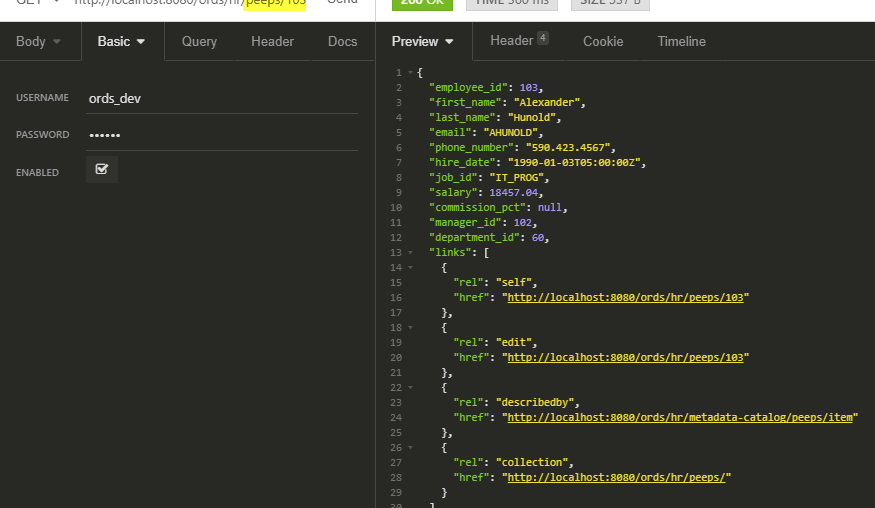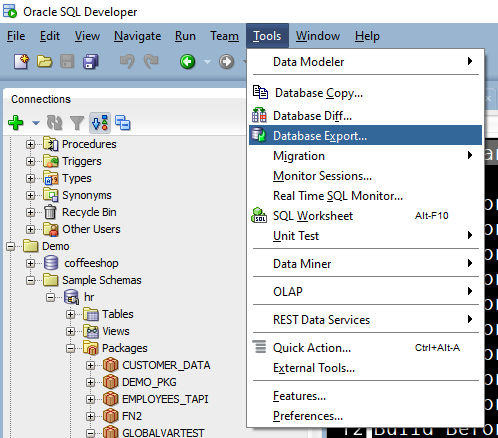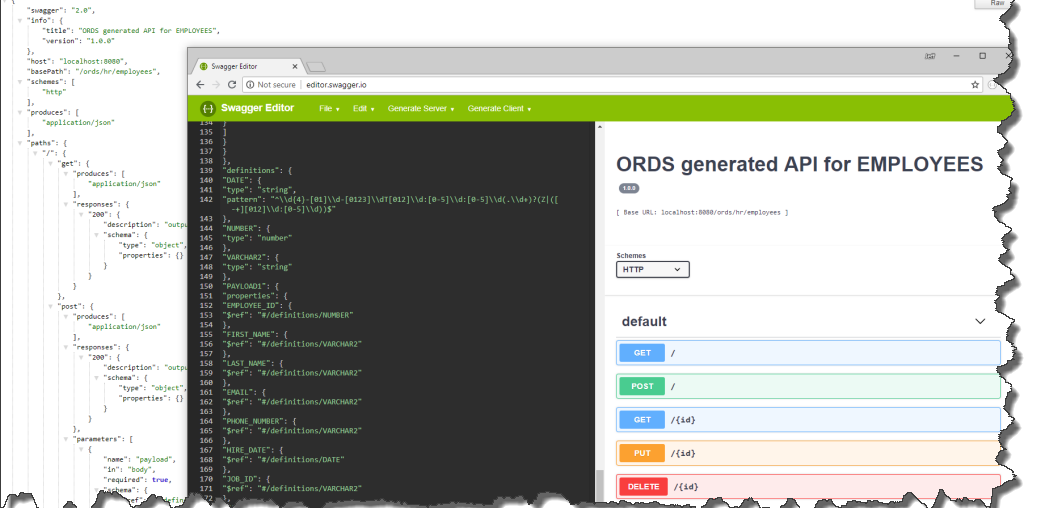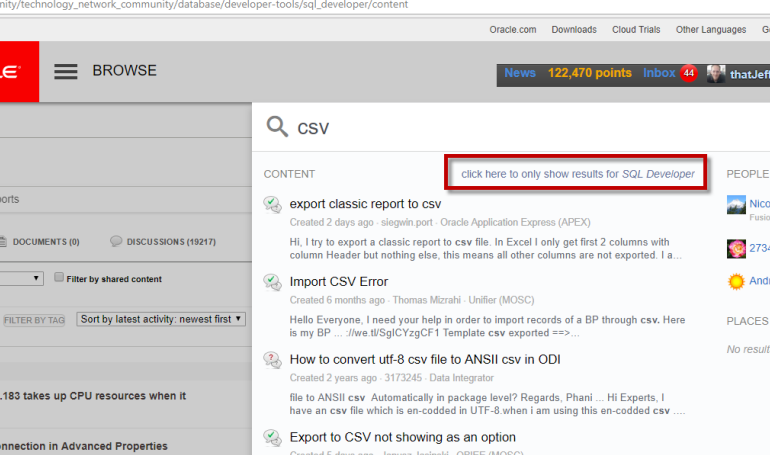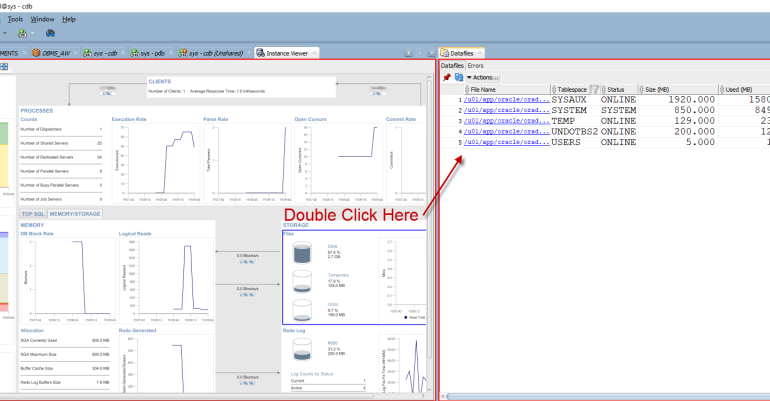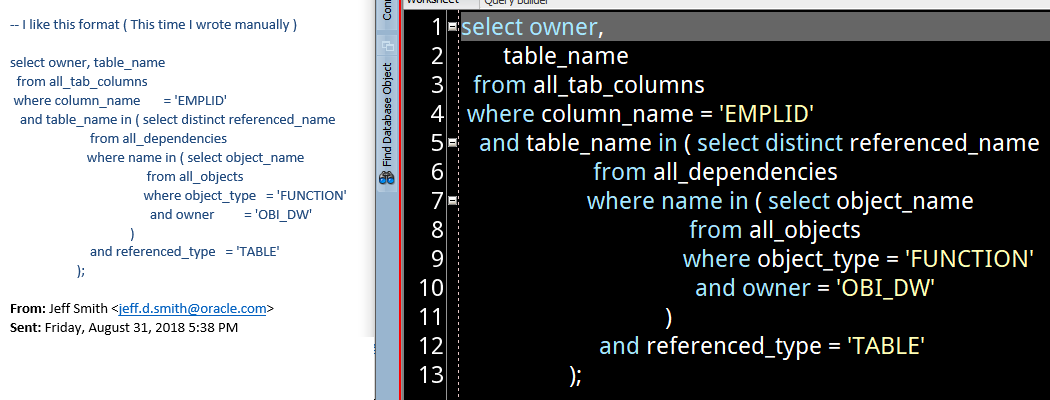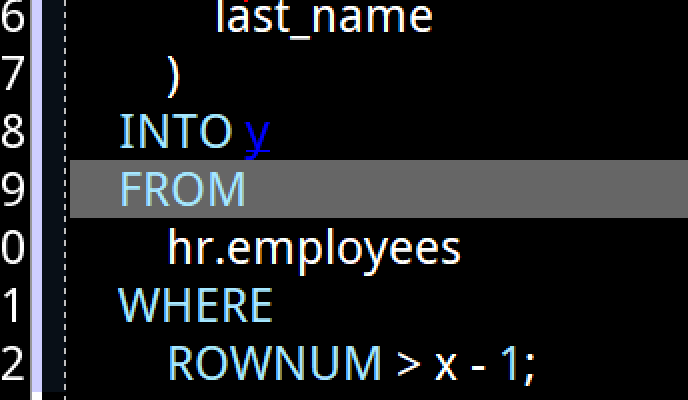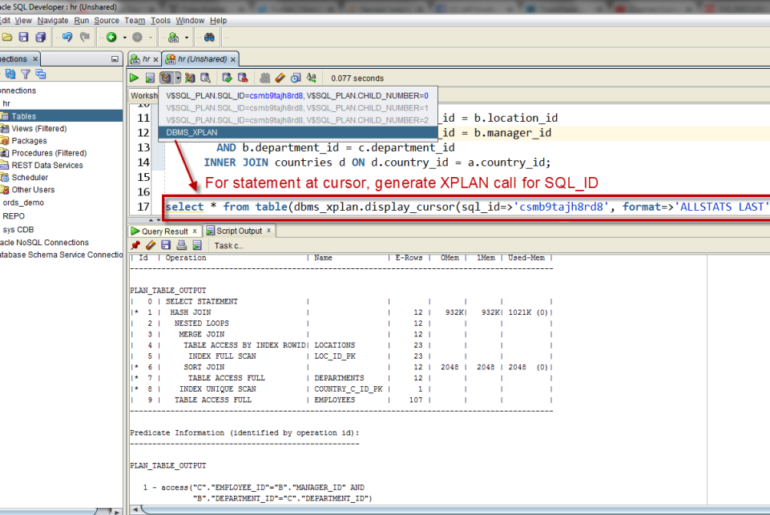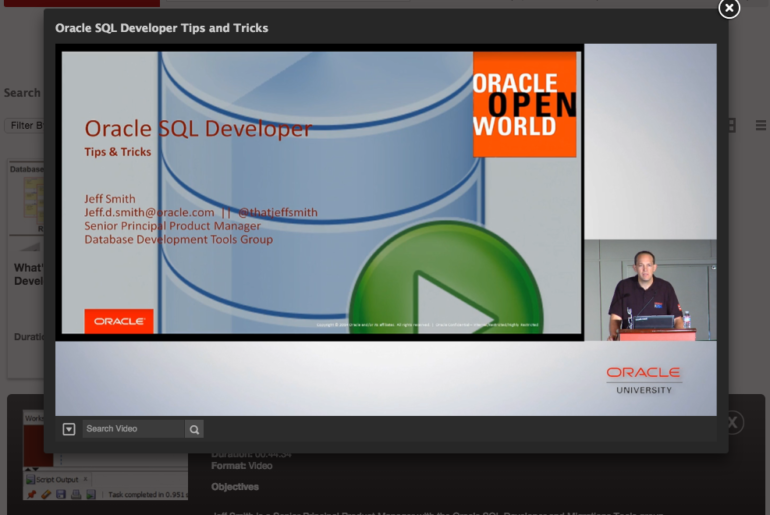Why would I use SQLcl over something else? History recap: we introduced a new command-line interface for the Oracle Database in 2016. It’s everything you like about SQL*Plus, and everything you didn’t like about SQL*Plus – fixed. Do you have a minute? Watch this, then take 10 seconds to consider how YOU might use it. Everyday Things, Easier Just in 50 seconds I showed you: Object completion In-line editing Automatic SQL Formatting (pretty and CSV)…





